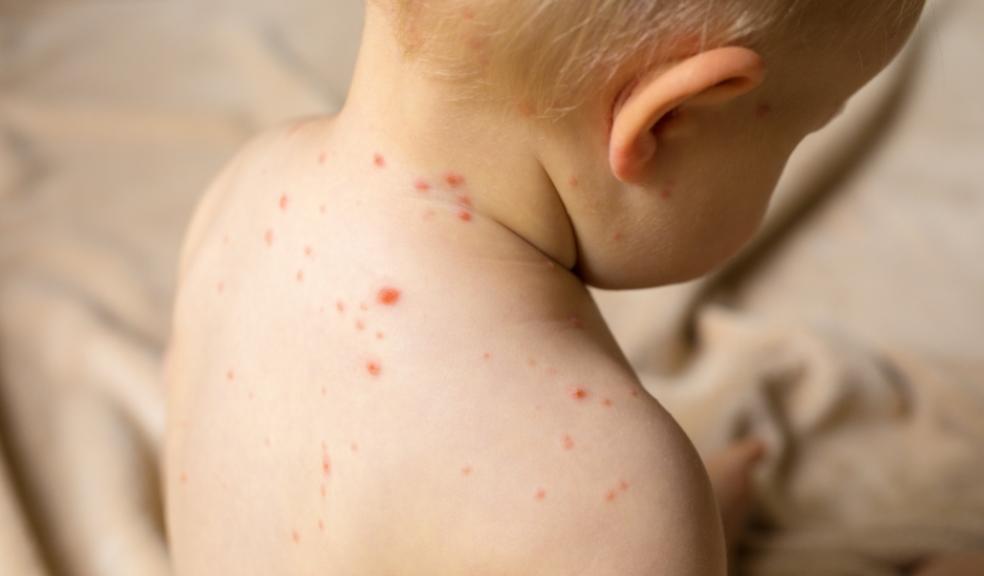
Recognise the symptoms of scarlet fever and chickenpox
Parents and carers are being reminded of the symptoms of scarlet fever and chickenpox, following a rise in cases across the country. Levels for both are what we expect to see at this time of year, but there has been an increase compared to 2021, when COVID-19 restrictions kept cases below average.
Scarlet fever is usually a mild illness, but highly infectious. Symptoms include a sore throat, headache and fever, with a characteristic fine, pinkish or red body rash with a sandpapery feel. It's important to contact your local GP or NHS 111 if you suspect scarlet fever as early treatment with antibiotics is important. Anyone diagnosed with scarlet fever should stay at home for at least 24 hours after the start of antibiotic treatment, to avoid spreading the infection to others.
Chickenpox is also highly infectious, and has a characteristic rash, with vesicles on the face, spreading down the body to arms and legs. Generally a mild illness, it can be more severe in pregnant women and immunosuppressed individuals. People with chickenpox should remain at home until they are better and the rash has gone.
Article credit - Devon County Council














